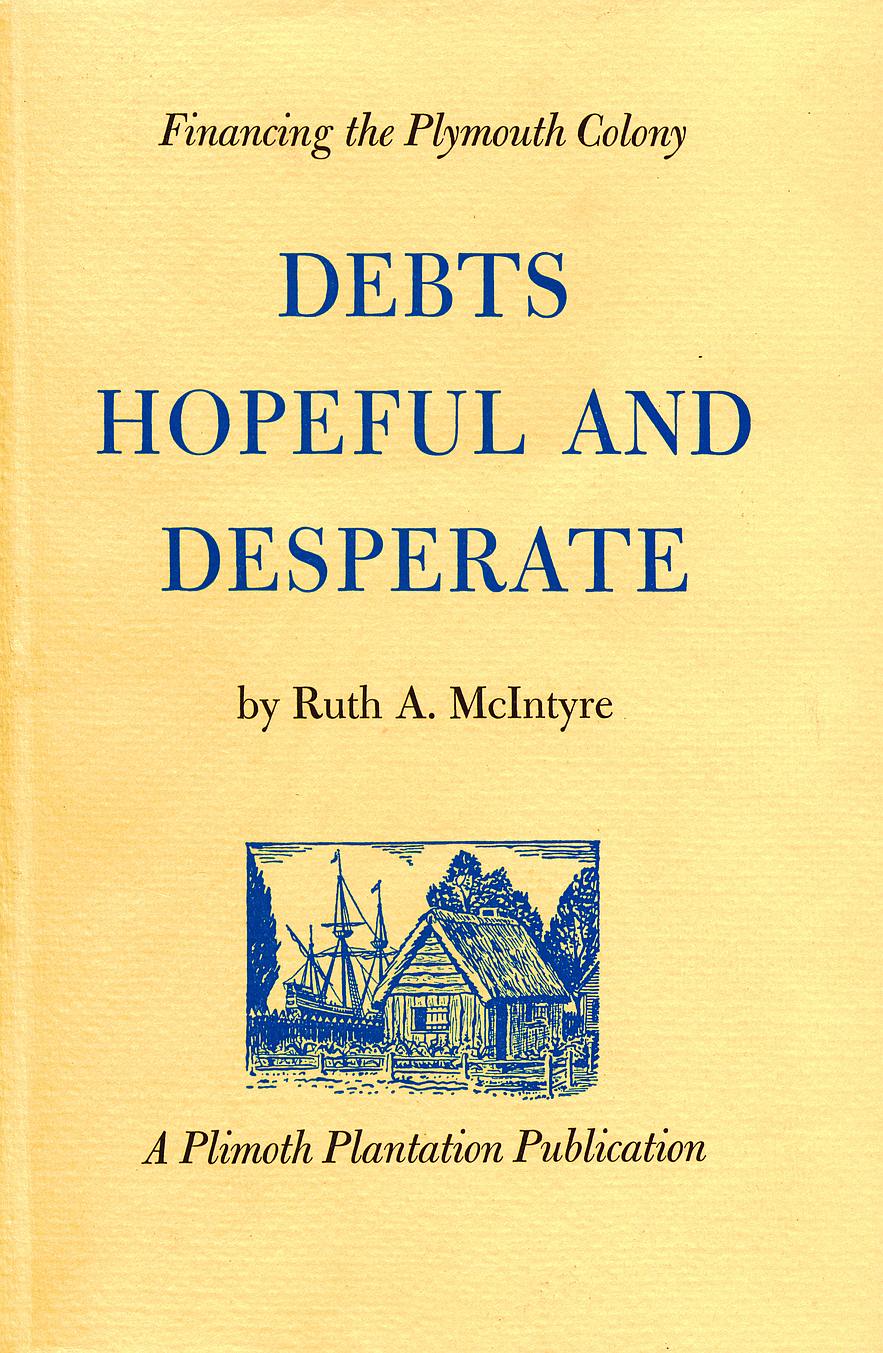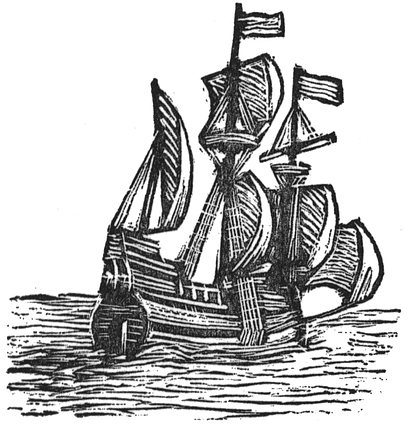
Debts
Hopeful and Desperate
Financing the Plymouth Colony
by Ruth A. McIntyre

PLIMOTH PLANTATION
© Plimoth Plantation, Inc., 1963
The publication of this study
was made possible through a grant to Plimoth Plantation
by the partners of Hornblower and Weeks
in memory of their senior partner
RALPH HORNBLOWER
who died at Plymouth
September 18
1960
4
“For had not you and we joined and continued together, New Englandmight yet have been scarce known, I am persuaded; not so replenished andinhabited with honest English people as now it is. The Lord increase andbless them....” An extract from a letter written in 1633 by JamesSherley, London merchant, to Governor William Bradford of the PlymouthColony.
Contents
Acknowledgments 7
Foreword 9
Part I 11
The Pilgrims decide to emigrate to America § They obtain a patent and seekfinancial backing § Some London merchants offer to invest in the colony § 1620—Pilgrimsand merchants form a joint stock company § Despite difficulties and controversy,the colonists set sail § Contrary to their patent, the Pilgrims settle atPlymouth § New Plymouth struggles with hardship and debt § Quarrels developamong the London merchants § The joint stock company breaks up § The Pilgrimsagree to purchase the merchants’ interest in the company § The Londoninvestors were linked by common associations
Part II 47
The Colony looks to the fur trade to pay its debts § Three London merchants agreeto continue as Plymouth’s partners § The Pilgrims encounter difficulties in the furtrade § Plymouth obtains a new patent to protect its trading rights § Plymouth’sbusiness agent is dismissed for a “conflict of interest” § The colony and its Londonpartners dispute over their accounts § The London partners quarrel among themselves§ Through arbiters, Plymouth and London reach a financial settlement §1645—Plymouth’s debts, “hopeful and desperate,” at last are discharged
Notes 69
Bibliography 79
Index of Personal Names 85
<